

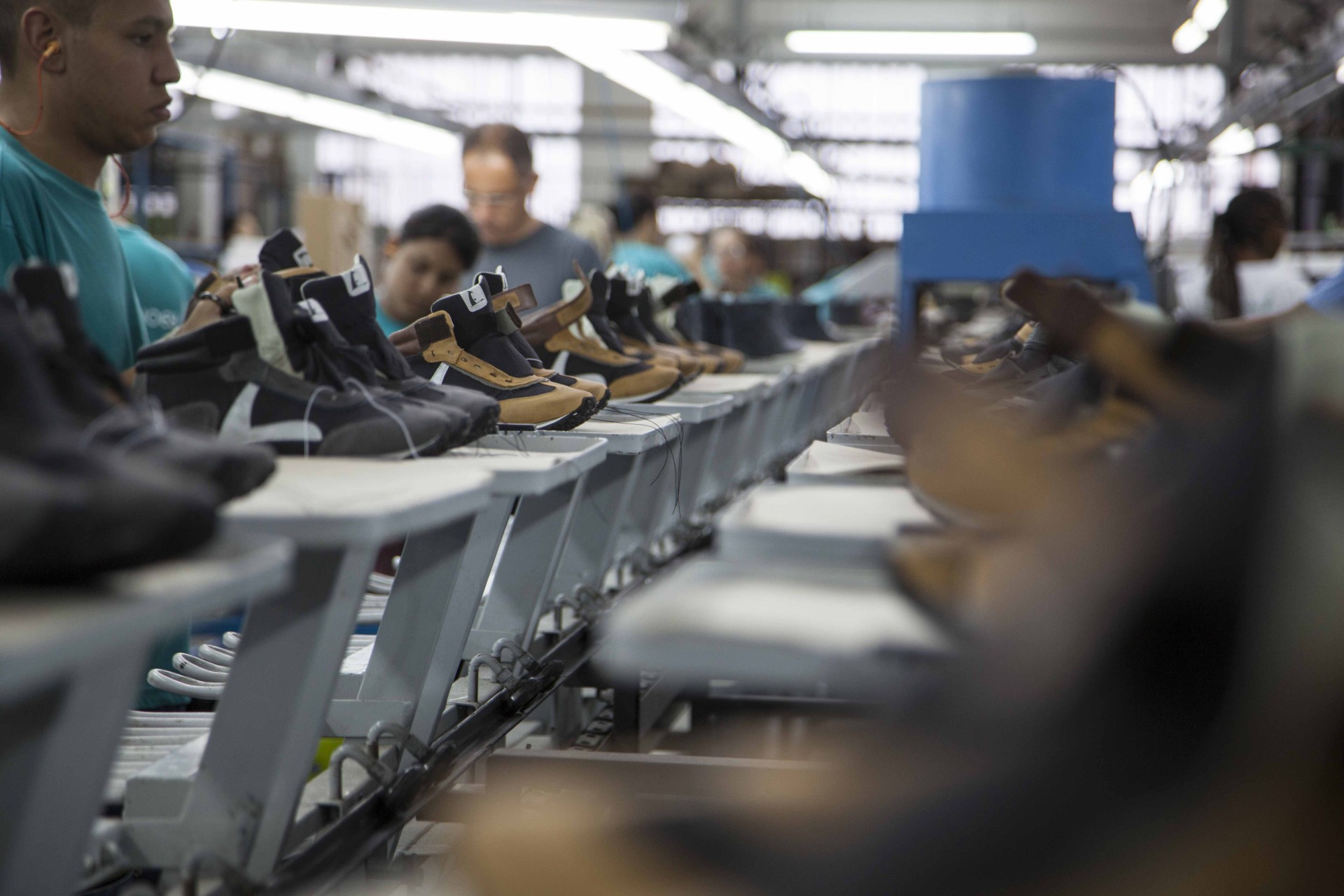
2025-04-08 | By Brazilian Footwear
Initially designed for export—primarily as a gateway to the Australian market—Franca-based footwear brand Tip Toey Joey has won over mothers worldwide with its barefoot concept. Designed to respect the natural shape of children's feet, the shoes allow little toes to move freely, mimicking the feeling of walking barefoot. Inspired by the founders’ first daughter, Ana and Scott McInerney’s company will celebrate its 20th anniversary in 2025. Co-CEO Ana is the guest of this edition of It’s Time to Talk. In the interview, she reflects on the brand’s early days, its upcoming milestone in June, and the company’s ongoing investments in sustainability, product development, and digital platforms.
Brazilian Footwear: Tell us a little about your professional career and the beginning of the company.
Ana McInerney: I was born in Franca and have a degree in Advertising. In the 1990s, I worked at advertising agencies in São Paulo, always in the creative field as a copywriter. Even back then, I had a strong inclination toward strategic planning, which is a big part of what I do today at Tip Toey Joey. In 1998, I took some advertising specialization courses at the University of the Arts London, where I met Scott McInerney. After we found out we were expecting Sofia, our first daughter, we returned to Brazil and settled in Franca. Scott was curious about footwear and gradually became involved in the industry, especially since we wanted to build a bridge between Australia and Brazil—his family is from Australia. Our first attempt was as footwear agents. Scott even took some shoes to Australia, but the venture didn’t work out.
Brazilian Footwear: You had no prior connection to the footwear industry?
Ana McInerney: Exactly. I’m from Franca (São Paulo – Brazil) , but no one in my family worked in the footwear industry. My only connection was simply being from Franca, which is a major footwear hub. As we explored ways to bridge Australia and Brazil, Scott got closer to the industry. When we traveled to Australia with Sofia as a baby—she was eight months old—we visited some of the trade shows there. I came across a very soft little shoe, made of handcrafted leather, almost like a slipper. I found it perfect for Sofia. There's a rule in advertising: where there’s one, there’s a million. If you like something, chances are there are a million other people—somewhere—who will like it too. In this case, it was because the shoe was soft and wouldn’t hurt a child’s feet. That became Tip Toey Joey’s DNA—not just comfort, but natural movement, respecting the shape of little feet.
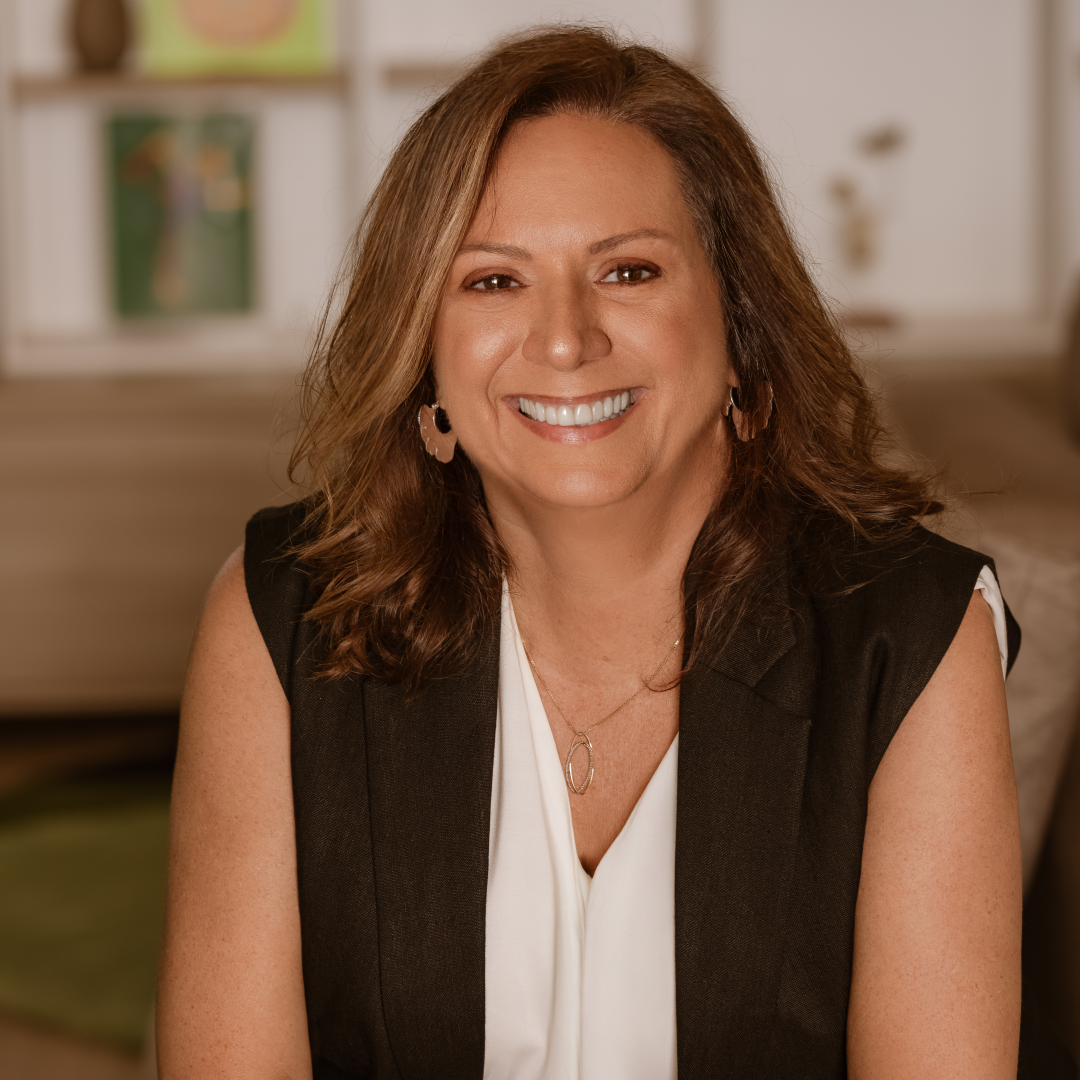
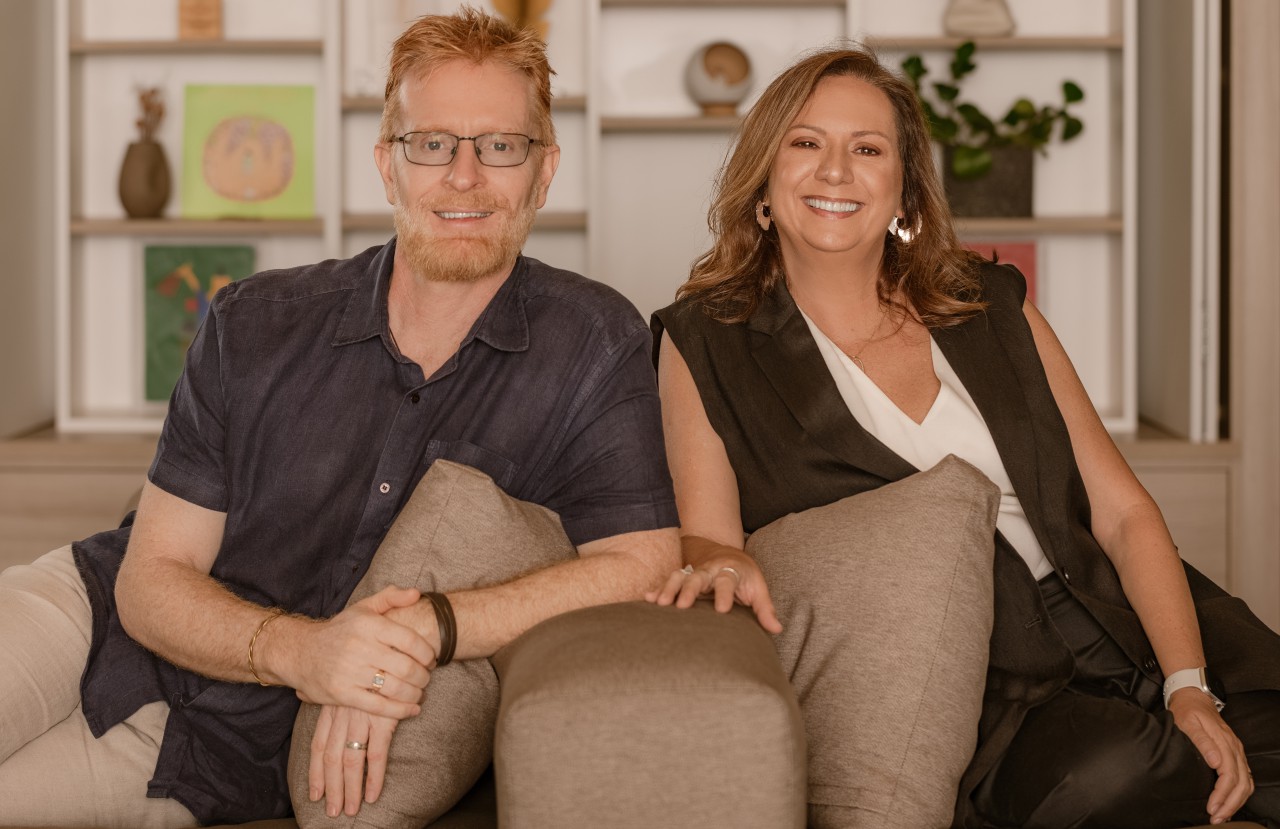
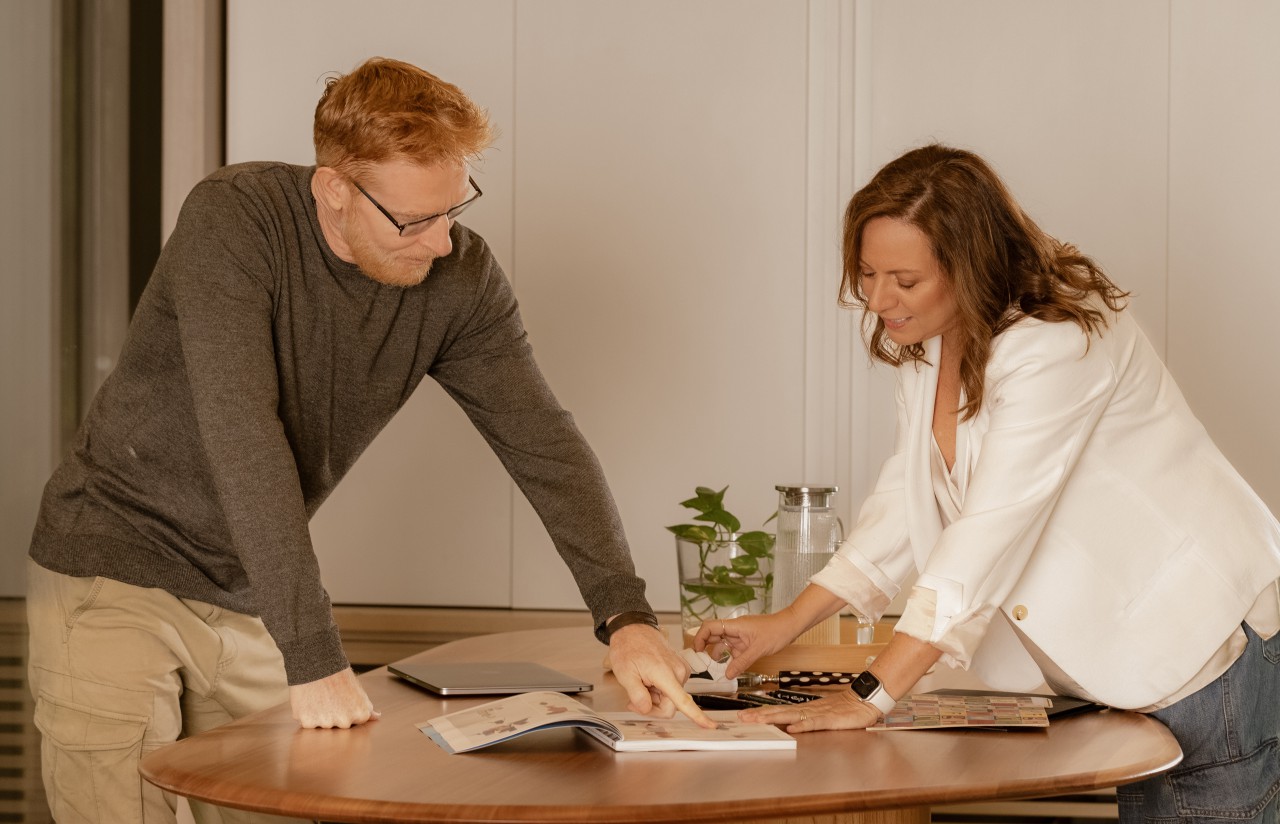
Brazilian Footwear: Was that the inspiration that led to the brand’s creation?
Ana McInerney: Yes. We came back to Brazil with that idea, and Scott took the lead since he is the shoe designer. I nurtured the project along the way. Scott studied Accounting, but he has been drawing since he was a child. His mother is an artist, and he inherited that design talent. He started sketching the little shoes, took courses in leather craftsmanship and shoemaking, and together we developed the concept.
Tip Toey Joey quite literally started in our backyard, born from a genuine desire to create something for our daughter, Sofia, in an environment that values health and nature. We began in a business incubator, a Sebrae initiative that, in Franca, is closely tied to the footwear industry—after all, it’s the city’s main trade. The tools, resources, and techniques for manufacturing were all here, which allowed us to develop quickly and grow into a full-fledged footwear company.
Brazilian Footwear: How was the production of those first models?
Ana McInerney: We outsourced the production of our first models to a local factory. At the time, there was only one children's footwear manufacturer in Franca, and they produced private-label shoes for small boutiques. Since the dollar was high 20 years ago, we started exporting as a way to establish that Australia-Brazil connection. And it actually worked out.
Brazilian Footwear: So was Australia the first market to buy the brand?
Ana McInerney: Yes. Scott traveled to Australia with our first prototypes, visiting children's stores in person to present and sell Tip Toey Joey’s models. He came back with orders totaling 3,000 pairs—not a small number for a brand just starting out.
Looking back, what stands out is the boldness that entrepreneurship requires. At the time, he went without intermediaries, just took the prototypes and knocked on the doors of small children's stores. There’s something powerful about personally presenting what you’ve created. He had designed those shoes himself and was introducing just ten styles—not a big catalog, but an entirely new product, something that didn’t exist in the market.
"The act of personally presenting what you create is incredibly powerful and impactful. Scott had designed the shoes himself and was showcasing the ten styles he had. It wasn’t a large catalog, but it was an innovative product—something entirely new to the market."
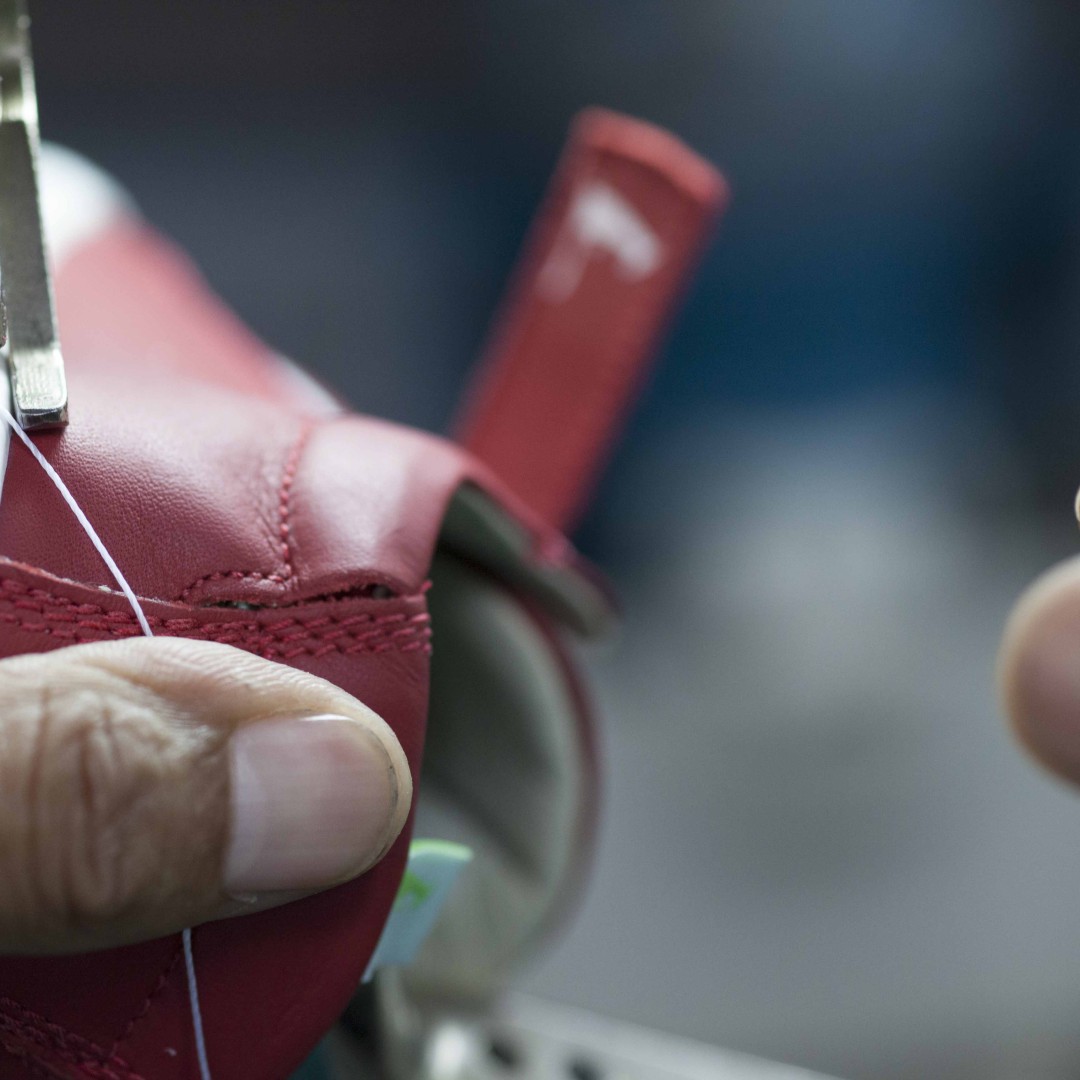
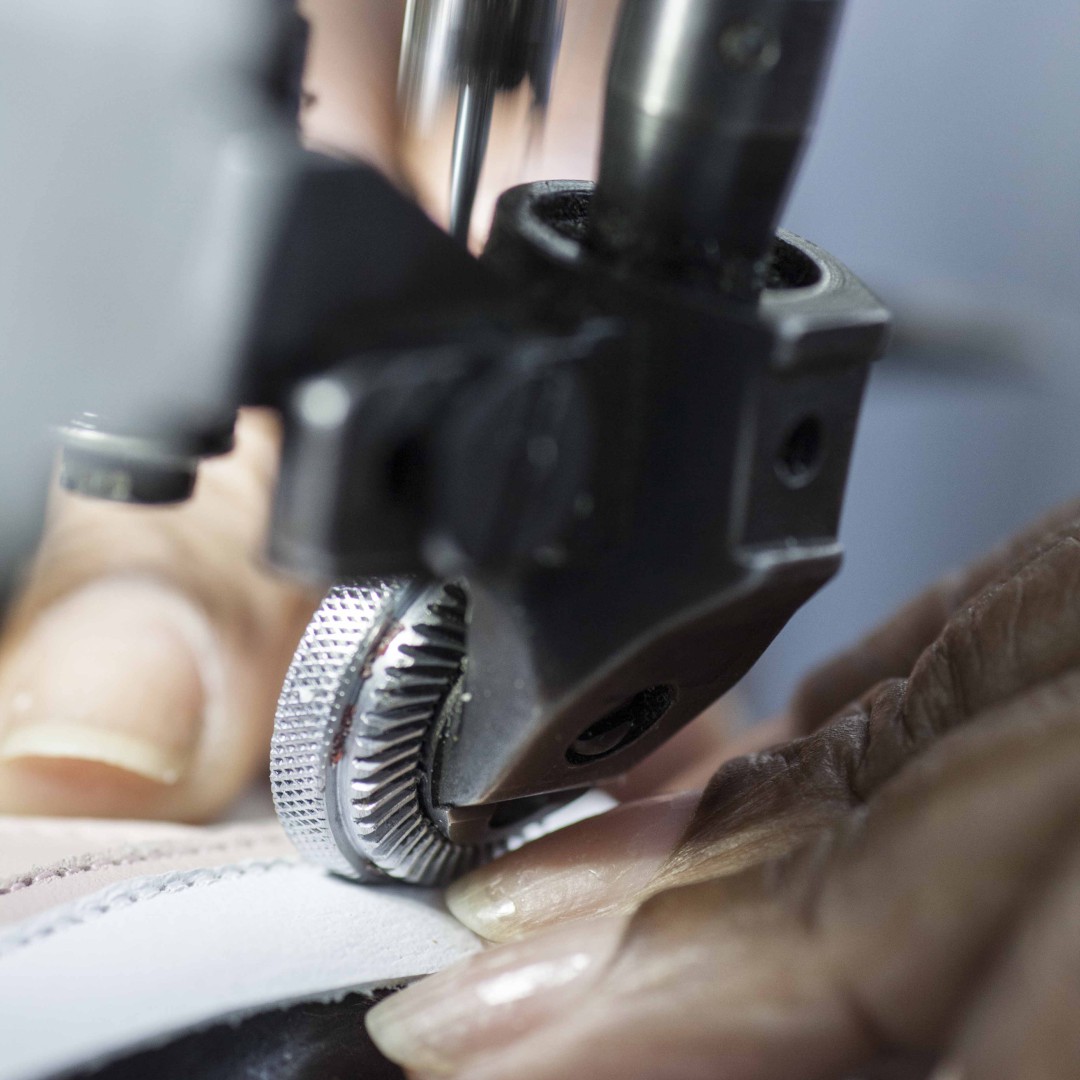
Brazilian Footwear: How was the process of designing the first models?
Ana McInerney: Scott spent a year developing them. He created the elastic heel to keep the shoes from slipping off a baby’s foot and would stamp Sofia’s little feet to study how she stepped. There was a lot of depth in the product—innovation, refinement, and continuous improvement.
To me, that’s the formula for persistence, success, and long-term recognition of a product, a company, and a brand. It was an incredible innovation. It wasn’t just the soft slipper we had seen in that Australian store—Scott transformed it into a real baby shoe, designed specifically for Sofia. And that’s what sold: the product itself, the uniqueness of its design.
After returning from Australia with those 3,000 pairs sold, we shifted our focus to production. That first batch of orders was manufactured by the same children’s footwear factory that did private-label production. Once the shoes were ready, Scott personally traveled back to Australia to deliver them to each store.
That experience taught us a valuable lesson—success isn’t just about the product; it’s also about how you engage with retailers. By personally delivering the shoes, Scott was able to gather direct feedback from store owners, which was essential for refining the product and securing follow-up sales.
Brazilian Footwear: The first orders were produced through private-label manufacturing, but do you now have your own production facility?
Ana McInerney: Yes, we have our own dedicated factory in Franca, exclusively for Tip Toey Joey production. Initially, we outsourced manufacturing, then moved into a business incubator, where we started with a small workshop producing just 30 pairs a day. From there, we kept growing. Today, we produce 1,500 pairs per day. We try to outsource as little as possible because we want to oversee every detail of how our shoes are made. Currently, we have around 270 employees across administration and production.
Brazilian Footwear: What percentage of your production is exported?
Ana McInerney: Currently, 30% of Tip Toey Joey’s production is exported. We have one e-commerce site selling to Australia and another for Brazil—these are the only two countries where we operate our own online stores.
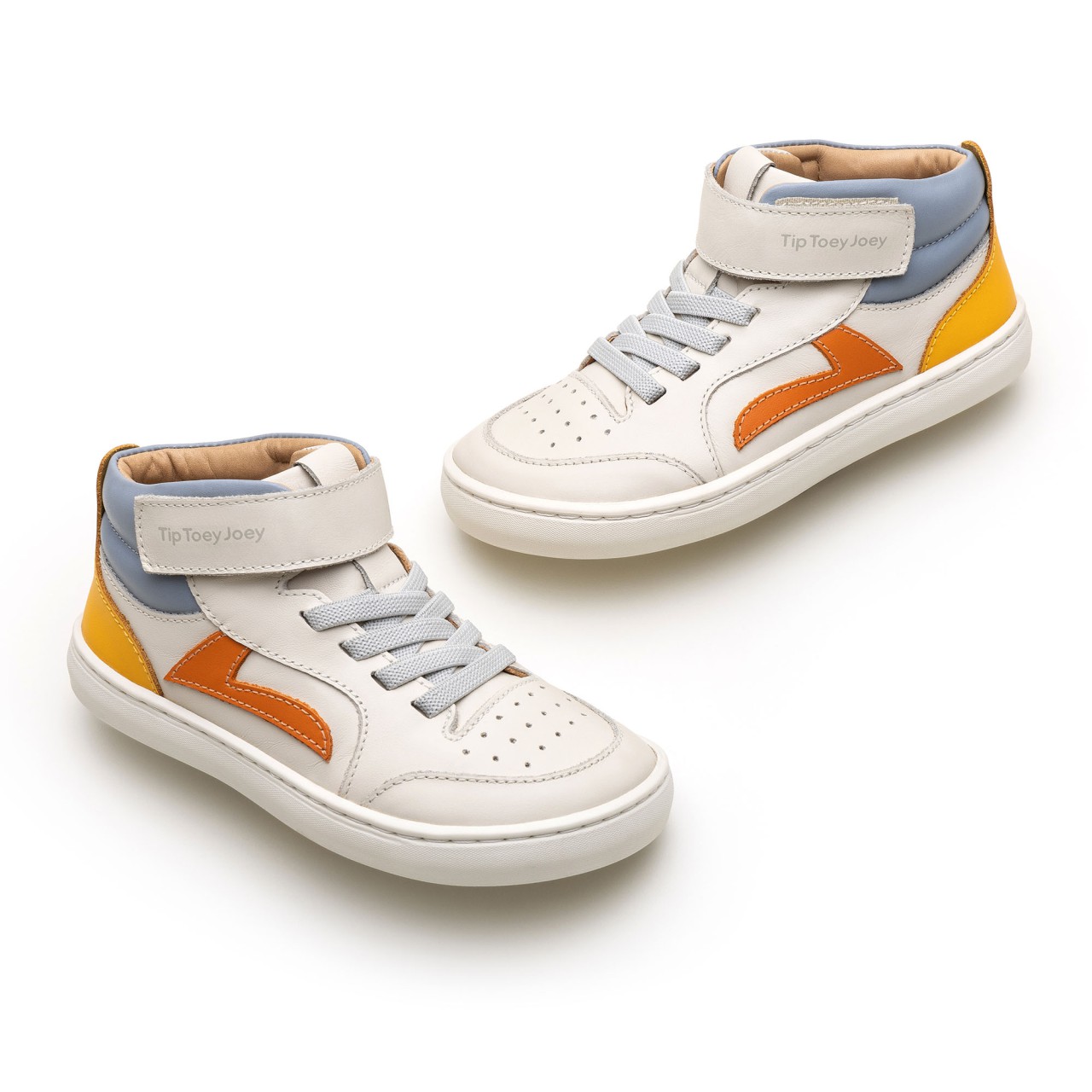
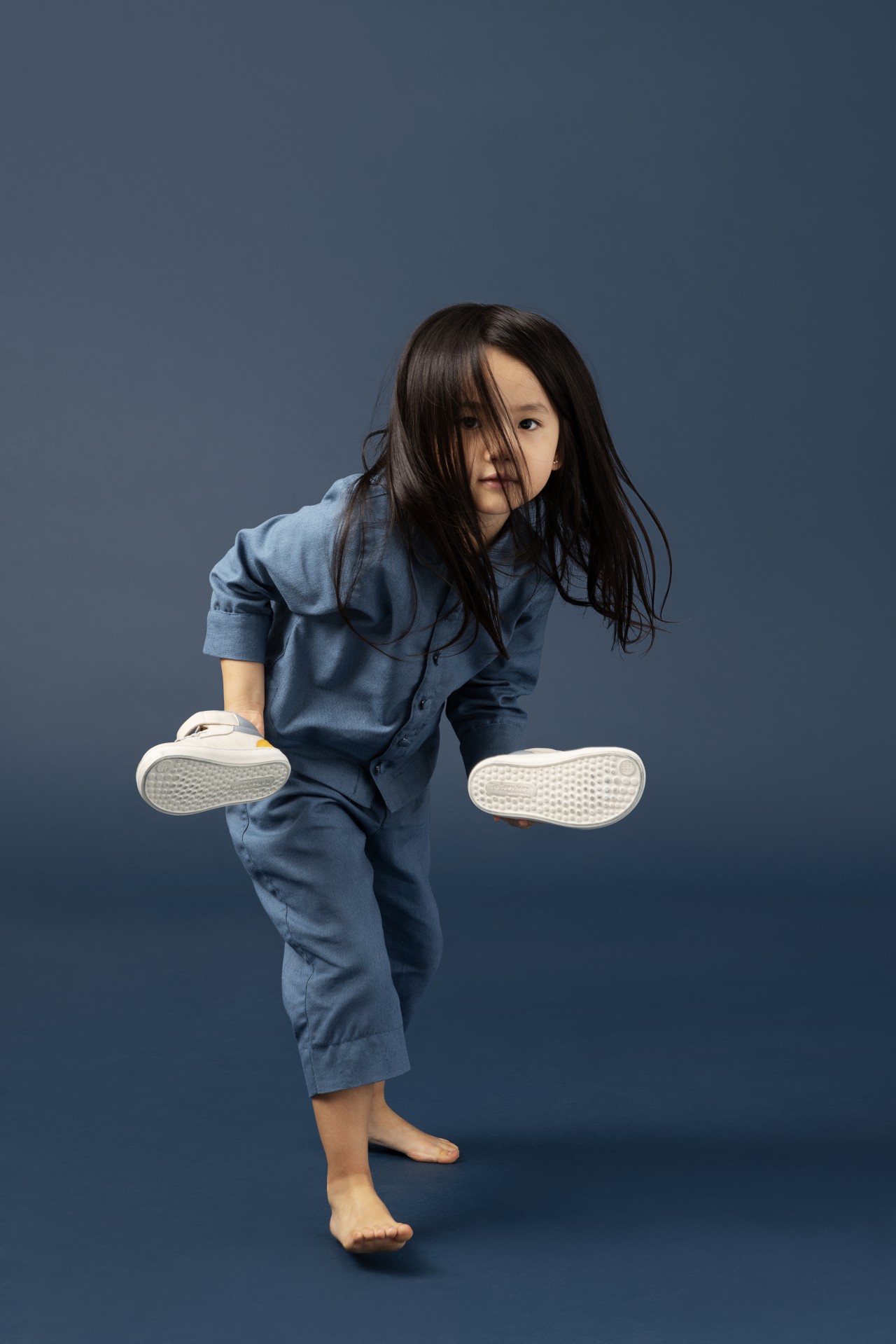
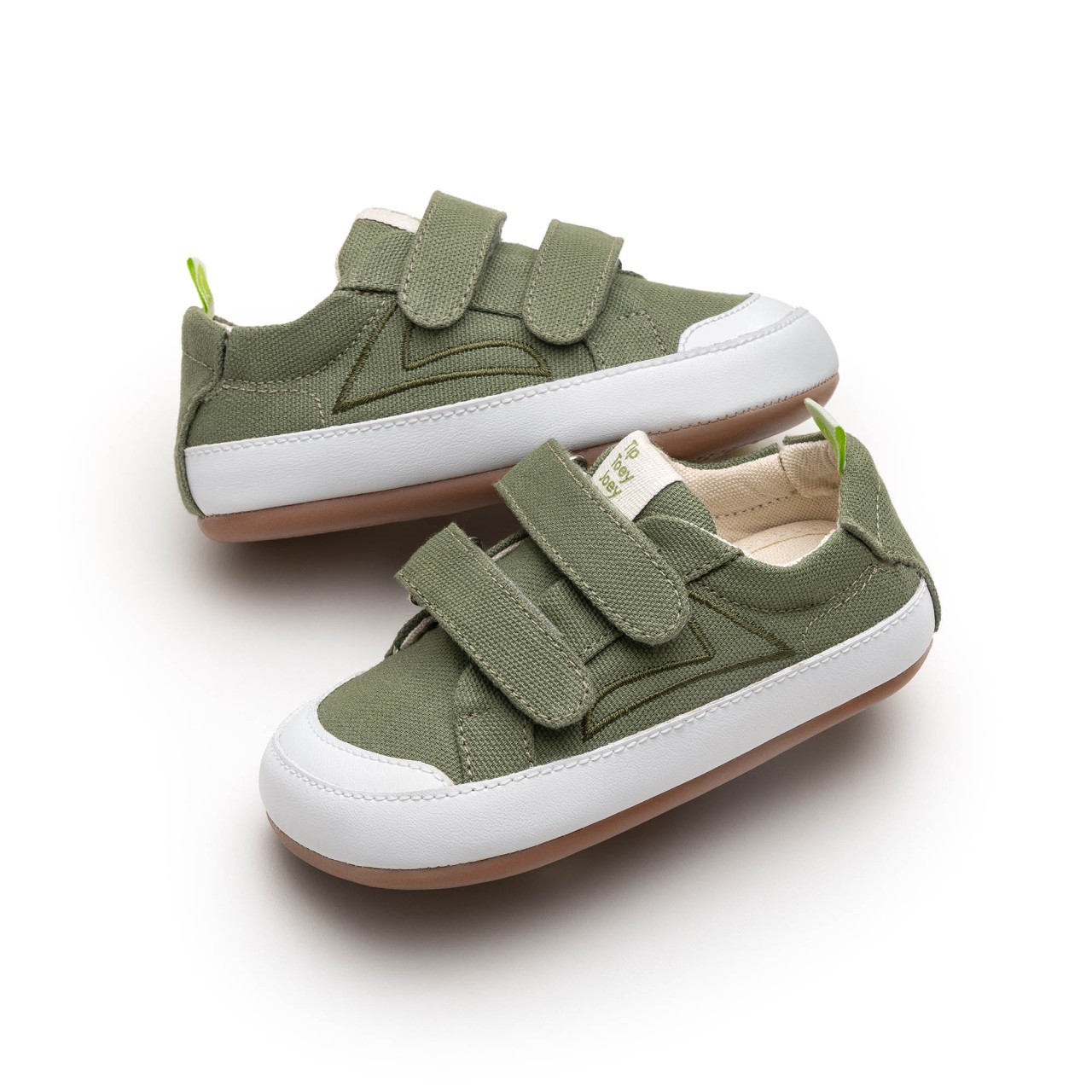
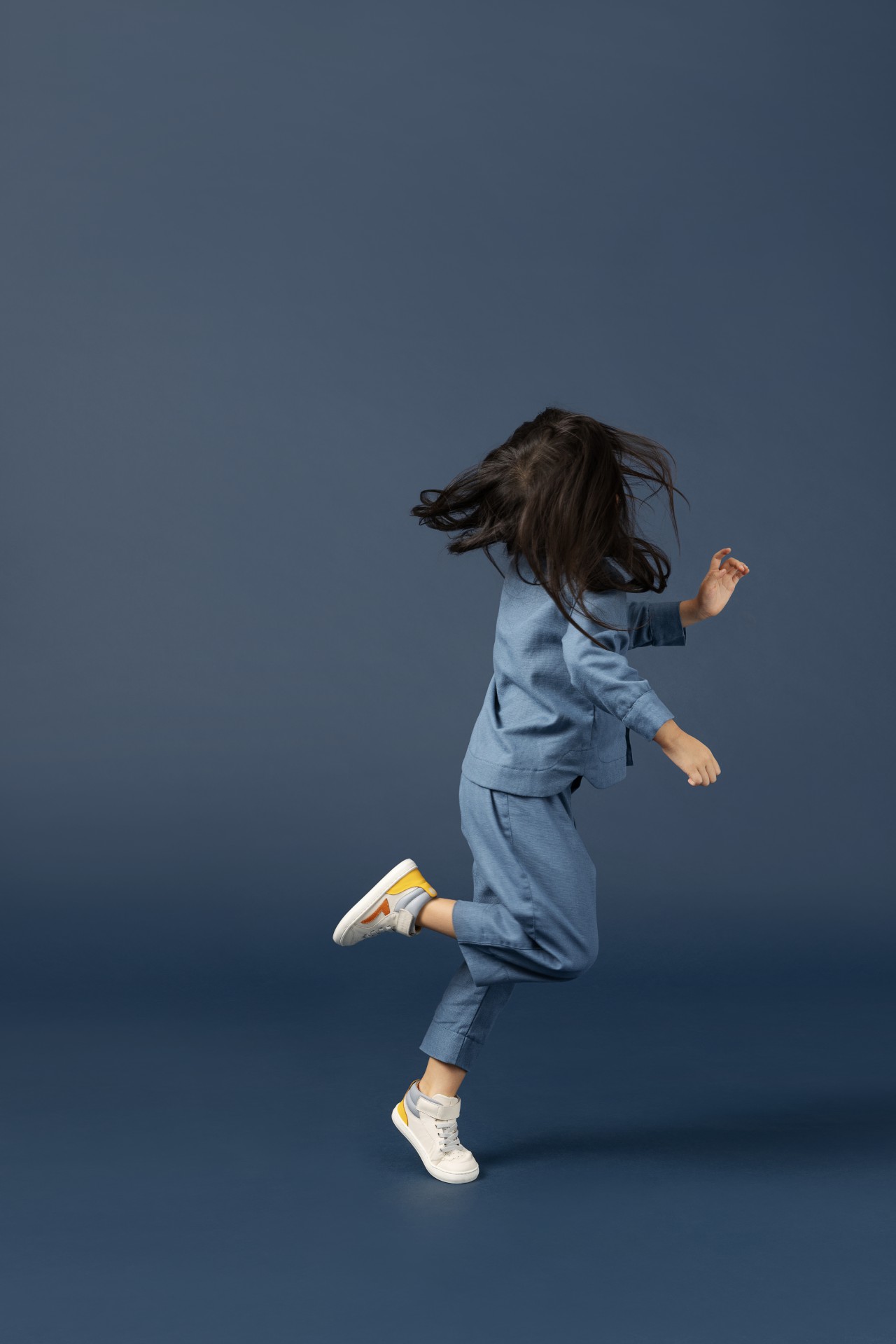
Brazilian Footwear: Regarding the barefoot movement, since when has Tip Toey Joey been developing models based on this concept?
Ana McInerney: It’s always been part of the company’s DNA, but after the pandemic, we completely revamped our designs and improved the thickness of our shoes. Our footwear has always been flat, but we made it even thinner, staying true to the barefoot concept.
Brazilian Footwear: Going back to exports, what are the main countries you work with?
Ana McInerney: We work with Portugal, Spain, the United States, South Korea, France, and there’s a bit in Latin America as well. Always under the Tip Toey Joey brand—we don’t do private-label production.
Brazilian Footwear: And why Tip Toey Joey?
Ana McInerney: So, Tip Toey Joey, because "tiptoe" in English refers to walking on the tips of your toes. Our daughter Sofia, at a certain point when she was learning to take her first steps, walked a lot on her tiptoes. That’s how the name came about, especially since our initial idea was to focus solely on exports. We started working with the Brazilian market only two years after founding the company. Since we wanted to make a connection with Australia due to Scott’s family, we added "Joey" because it’s the term for a baby kangaroo, what they call a baby kangaroo in Australia.
Brazilian Footwear: How was 2024 for the company?
Ana McInerney: 2024 was great! We had exponential growth online as well. We made significant investments in enhancing and developing our website for direct-to-consumer sales. Exports were also fantastic, thanks to the product’s concept. After 20 years, the quality of the product has become exceptional, with continuous improvements and innovations around the barefoot concept. These new "moms" in our target markets were ready to embrace this. 2024 was very positive, and the growth in exports surpassed that of the domestic market.
"2024 was great, with exponential online growth as well [...]. Exports were also fantastic due to the product’s concept, and I believe that after 20 years, the product quality has become exceptional, continuously improving and innovating with the barefoot concept."
Brazilian Footwear: And how are you planning for 2025?
Ana McInerney: We’re planning for a healthy 20% growth, distributed across e-commerce and expanding into international markets, which I believe offers the biggest opportunity for growth. We also think it’s important to continue with in-person B2B activities. Technological investments cannot stop, whether it’s in online sales platforms or our manufacturing facility. Over these 20 years, our factory has been where we’ve invested the most—in machinery, stock logistics, technology; these investments are ongoing. Our factory is almost like a boutique factory, and we’re moving toward offering tours and opening it up to the public. It’s surrounded by gardens, and we’ve also made significant investments in ESG.
Brazilian Footwear: You are also certified by Origem Sustentável...
Ana McInerney: I think it’s important to mention because, especially abroad, people are very concerned about the product’s origin, how it’s made, and sustainability. We’re part of Origem Sustentável by Abicalçados, which is a fantastic and very important project, and it’s been helping us a lot, even allowing us to customize projects we were already working on with the industry. When we talk about sustainability, we consider the environment, social impact, and governance. We already had many projects, but they were more scattered; Origem Sustentável has been a huge help in strengthening this aspect of our production. It has really propelled us forward and continues to help us. In 2025, we’ll be celebrating two years with the Silver Seal, and we’re investing heavily to achieve the Diamond Seal.
"Origem Sustentável has been a huge help in strengthening this aspect of our production. It has really propelled us forward and continues to help us. In 2025, we’ll be celebrating two years with the Silver Seal, and we’re investing heavily to achieve the Diamond Seal."
Brazilian Footwear: In June, the company will celebrate its 20th anniversary. Are you planning something special?
Ana McInerney: We are celebrating every step of the way, but we will be launching a special product to mark this milestone. It should be released in June, and it will be a unique product. I believe it will be a great surprise—a product that truly celebrates the occasion. We’ll also have some materials to share this celebration with the end consumer.
Brazilian Footwear: To wrap up, what word defines the company in these 20 years?
Ana McInerney: The word would be "child." A child is spontaneous, genuine, and curious. A child is always creating, using their imagination, which is closely linked to innovation.
Promote your brand
Contact us to find out how to promote your Brazilian footwear brand on the platform.